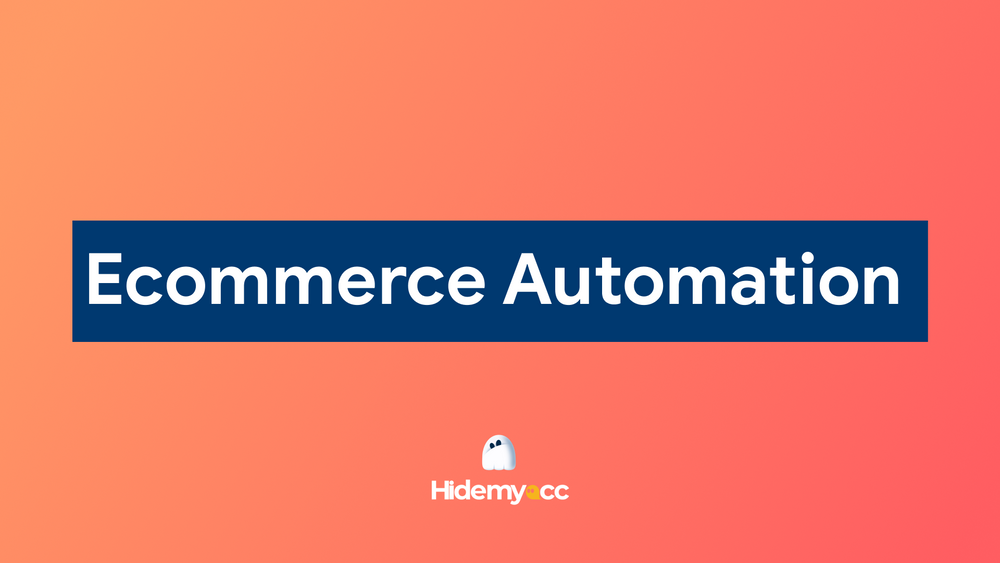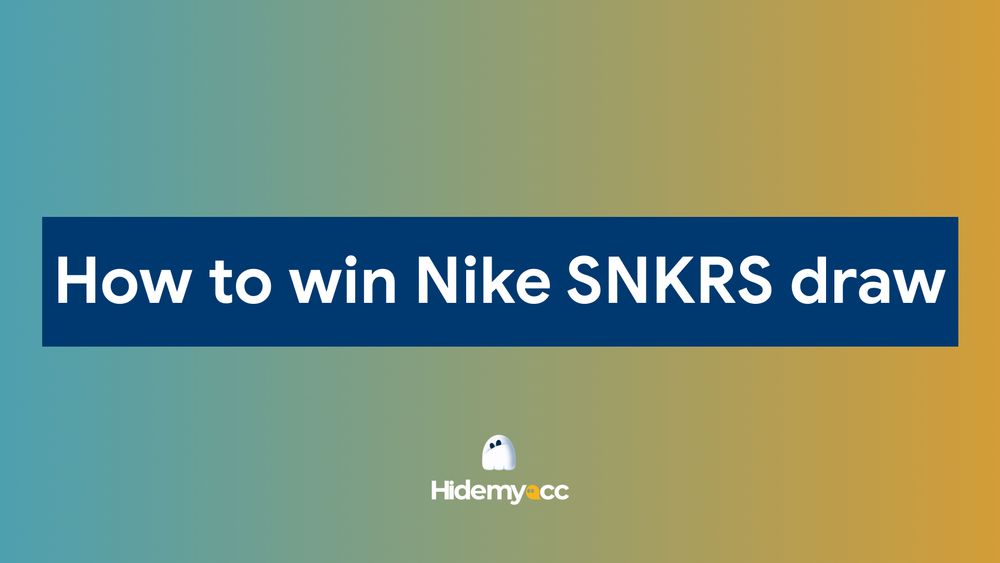Ever wonder why top Amazon sellers dominate the search results while your products stay buried? The secret is Amazon SEO and it’s easier than you think. In this guide, you’ll learn 10 proven tricks that top sellers use to rank higher, get more views, and drive more sales. Whether you’re new to selling or a seasoned pro, these tips can help you level up fast.
1. How does Amazon SEO work?
Amazon uses an algorithm called A9 to decide which products show up when someone searches. Unlike Google, which rewards content relevance, Amazon rewards sales. That means if your product sells well, it’s more likely to keep showing up.
A9 looks at a mix of relevance (does your product match the search?) and performance (does your product actually sell when people see it?). Everything from your title to your price impacts this.
2. Key factors that influence Amazon SEO
To win at Amazon SEO, you need to understand what A9 pays attention to:
- Keywords: These help the algorithm understand what your product is about.
- Conversion rate: How many people buy after clicking.
- CTR (Click-Through Rate): The percentage of people who click your product from search.
- Price, reviews, and images: These affect both conversion and trust.
By optimizing these elements, you’re giving Amazon the signals it needs to boost your product in search results.
3. 10 Amazon SEO tips top sellers use
3.1. Use backend keywords like a pro
Backend keywords are invisible to shoppers but vital for Amazon’s algorithm. You get 250 characters to input extra keywords that didn’t fit naturally into your product title or bullet points.
Top sellers use backend keywords to cover:
- Common misspellings
- Synonyms
- Foreign language terms
Tip: Don’t repeat words already in your title or bullets. Use this space to expand your reach.
3.2. Write titles that convert and rank
Your product title does double duty: it tells Amazon what you’re selling and convinces buyers to click. Top-performing titles include:
- Primary keyword near the beginning
- Key features (size, quantity, color)
- Brand name if relevant
Keep it readable. Stuffing in too many keywords might confuse shoppers, even if it helps you rank.
3.3. Optimize images to boost both clicks and rankings
Images don’t just make your listing look good – they directly influence your click-through and conversion rates, which matter for SEO. Top sellers:
- Use high-resolution images (at least 1000x1000 pixels)
- Include multiple angles and lifestyle shots
- Name their image files with relevant keywords
Bonus: Adding alt text helps with Amazon’s internal indexing and accessibility.
3.4. Leverage A+ Content to strengthen SEO and brand trust
A+ Content (formerly Enhanced Brand Content) allows brand-registered sellers to add rich visuals and extra sections to product pages. While A+ Content itself isn’t directly indexed for search, it increases dwell time and conversions, which are indirect SEO signals.
Top sellers use A+ Content to:
- Tell their brand story
- Compare their product to others
- Showcase features with infographics
3.5. Optimize for voice search & mobile behavior
More and more shoppers are using Alexa or shopping via mobile. That changes how they search. Instead of typing "wireless earbuds", they might say: "best Bluetooth earbuds under $50".
To capture these searches, include long-tail, conversational phrases in your bullet points and descriptions. Think: "great for running", "ideal for gym workouts" or "fits comfortably all day".
3.6. Drive external traffic without breaking Amazon’s rules
Amazon likes when you send traffic from outside the platform – as long as you do it the right way. Top sellers build blogs, run social media ads, and even use email lists to push traffic to their listings.
Be sure to use Amazon Attribution links so you can track results and avoid violating Amazon’s TOS. This not only boosts visibility but also signals Amazon that your product is in demand.
3.7. Use influencer marketing to dominate niche rankings
Micro-influencers can be powerful allies in your SEO strategy. A single product review or unboxing video can generate a wave of targeted traffic. Find influencers:
- On Instagram, TikTok, YouTube
- Using tools like Heepsy, Upfluence, or Amazon’s own Creator Hub
Offer discount codes or affiliate commissions to incentivize sharing.
3.8. Win the Q&A section with pre-planned responses
Many sellers ignore the Q&A section. But buyers read it, and so does Amazon. Top sellers:
- Seed common questions with secondary accounts
- Answer clearly and keyword-rich
- Use this space to include details not in the main listing
This improves trust and adds SEO weight to your listing.
3.9. Experiment with Amazon Live to Increase Engagement
Amazon Live is QVC for the digital age. Sellers use it to demonstrate products, engage with shoppers in real-time, and keep viewers on listings longer.
Benefits include:
- More time on page
- Better conversion rates
- Stronger brand following
Live streams contribute to Amazon SEO by increasing session duration and buyer trust.
3.10. Analyze competitors and adjust pricing strategically
To win in Amazon’s competitive landscape, sellers must price smartly. A product that’s priced too high - even if it’s superior - may get buried in search.
Pro tips:
- Use tools like Helium 10 or Jungle Scout to monitor competitors
- Experiment with pricing tiers to test conversion rates
- Automate pricing based on competitor data using Amazon’s built-in tools
A competitive price combined with strong listing SEO creates the ideal combo to climb rankings.
What tools can help you with your Amazon SEO? Read this Amazon SEO tools article by Hidemyacc
4. Conclusion
Amazon SEO isn’t just about stuffing your listing with keywords – it’s about mastering what Amazon rewards and delivering value to both the algorithm and your customers. Top sellers don’t stumble into success; they strategize with tricks you’ve likely overlooked. Now that you’ve got their secrets, start implementing them today.
For those juggling multiple Amazon accounts or teams, tools like Hidemyacc can safeguard your efforts by ensuring privacy and unique browser fingerprints – keeping your Amazon SEO game strong without tracking hiccups.
Every small tweak adds up. Keep testing, keep optimizing, and your product might just be the next one dominating Amazon search results.
>>> Other articles on the topic Amazon:
- Open multiple Amazon seller accounts: Legal and grayhack method
- Why is your Amazon account locked? 3 tips to unlock it
- Merch by Amazon: How to make money with it?
5. FAQ
1. What is SEO on Amazon?
Amazon SEO (Search Engine Optimization) is the process of optimizing your product listings so they rank higher in Amazon search results. It involves using relevant keywords, improving conversion rates, and aligning with the A9 algorithm’s focus on sales performance and relevance.
2. What is the difference between Google SEO and Amazon SEO?
While Google SEO focuses on delivering relevant content based on backlinks and authority, Amazon SEO is more transactional – it prioritizes listings that drive sales. On Amazon, higher conversions mean better rankings.
3. What is Amazon search algorithm?
Amazon uses the A9 algorithm to rank products. It looks at two main factors: relevance (how well your listing matches the search) and performance (how often your listing converts into sales).
4. How does the Amazon ranking algorithm work?
The ranking algorithm rewards listings that not only contain relevant keywords but also generate clicks and purchases. Strong images, reviews, pricing, and optimized content all influence how your product performs in search.
5. What is Amazon search query performance?
Search query performance data shows how often shoppers search for a term and how your product performs for that term (impressions, clicks, conversions). This helps sellers identify high-potential keywords to target.
6. How to rank keywords on Amazon?
To rank for specific keywords, include them naturally in your title, bullet points, backend keywords, and product description. Then, focus on improving conversions to signal to Amazon that your product is relevant and performs well.






